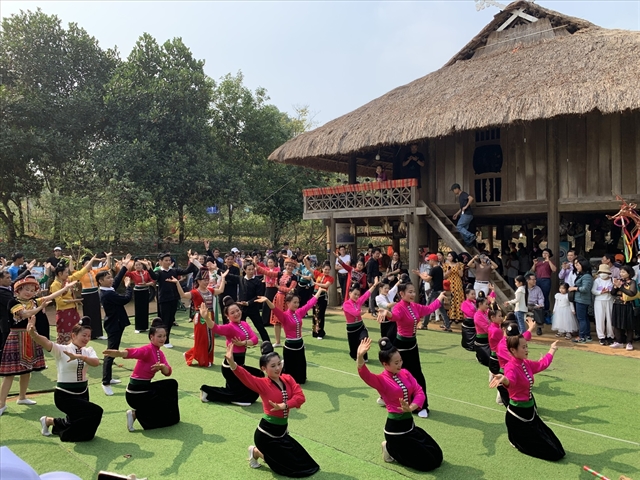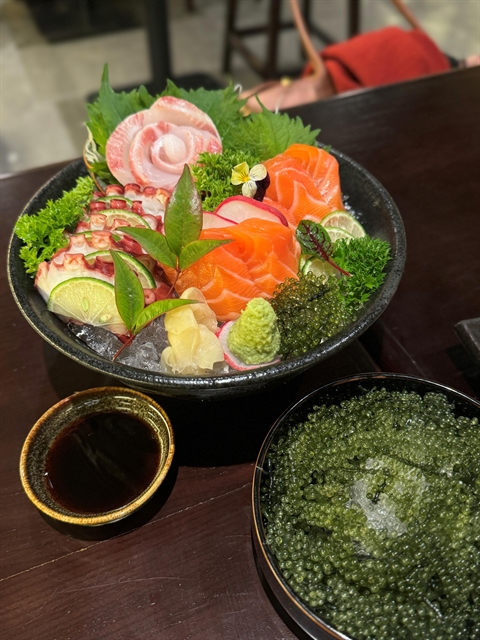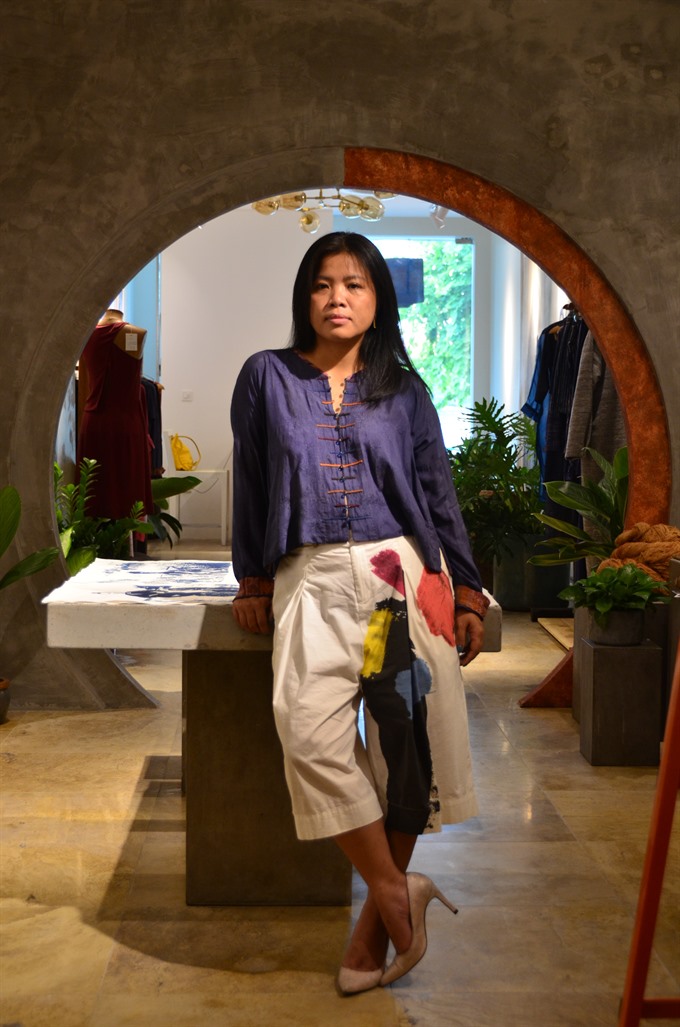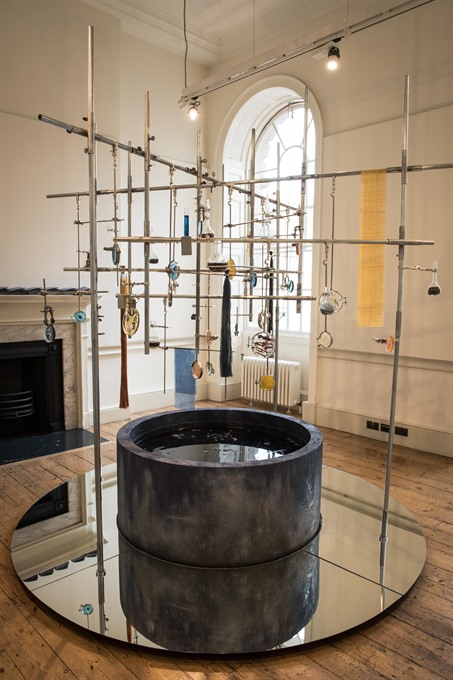 Inner Sanctum
Inner Sanctum

Visitors to the London Design Biennale 2018 last month were fascinated with an installation at the Vietnam Pavilion. Entitled Khải, the installation was created by fashion designer Vũ Thảo, multidisciplinary designer Giang Nguyễn and visual artist Lê Thanh Tùng.
 |
| Trend setter: Fashion designer Vũ Thảo of the brand Kilomet 109. — Photo courtesy of Nguyễn Đình Thiên Ý |
Visitors to the London Design Biennale 2018 last month were fascinated with an installation at the Viet Nam Pavilion. Entitled Khải, the installation was created by fashion designer Vũ Thảo, multidisciplinary designer Giang Nguyễn and visual artist Lê Thanh Tùng. Thảo, who is also founder of Hà Nội-based sustainable fashion brand Kilomet 109, talks with Thúy Hằng about the impressive project.
Inner Sanctum: Can you tell us about the project you exhibited at the London Design Biennale 2018?
At the London Design Biennale 2018, 40 participants from six continents showcased new innovative commissions, in response to this year’s theme Emotional States.
Khải shows how a new generation of designers is applying modern techniques to Vietnamese design without losing the emotional resonance of traditional handcrafts.
Việt Nam is a country with a long history of creative handiwork. In Việt Nam, design has long been driven by social needs – a means of making or repairing objects so that they work well and are improved through each iteration. But alongside this exists a rich history of craft – acts of weaving, carving, dying, drawing and printing, within which are embedded a wealth of emotions. Around these processes, stories are told, secrets are shared and lives are lived.
Khải presents the work of three of us, who all embrace this utilitarian heritage but combine it with a sense of aesthetic ambition.
Inner Sanctum: So what exactly is Khải?
The installation consists of two rooms that explore contemporary interpretations of traditional textile production. The first room is a laboratory showing natural dye techniques. Prominent in the lab is a large indigo basin, which symbolises the ‘tradition’. It shows the steps of the dyeing process and reveals how I reinterpret these methods to create new kinds of sustainable textiles.
The second room presents a large screen featuring works by multidisciplinary designer Giang Nguyễn who is trawling through past decades to unearth patterns, fonts and colours that only get better with age and contemporary subversion, and by visual artist and VJ Lê Thanh Tùng (aka Crazy Monkey) who inserts the symbolism of yesteryear into multimedia genres. The pounding sound of the dyeing yam (dioscorea cirrhosa), the rustling sound of cutting plants, or images featuring different steps of the craft – all have been presented in multimedia work by Tùng.
Our exhibition has been curated in a way to highlight the unity of our work – being at once an extension and part of one another, showcasing the complexity of the Vietnamese identity today, a unity made up of diversity.
Designer and curator Claire Driscoll, who has been collaborating with contemporary Vietnamese artists and designers, is the one that has connected us to work together. Driscoll is also co-founder of the art and design studio Work Room Four in Hà Nội.
Inner Sanctum: Did you encounter any difficulties in bringing your work to the London Design Biennale?
 |
| Intricate: Part of the installation Khải that was on display at the London Design Biennale 2018. — Photo courtesy of Kilomet 109 |
Inner Sanctum: You are considered a pioneer of sustainable fashion in Việt Nam. Have you encountered any difficulties in this area?
For me, the biggest difficulty is working with people from ethnic minorities. To be able to do that, I have to spend time learning about their culture, so I can understand them and build trust. I spent the first eight months of this year working with a group of Nùng An people in Cao Bằng without getting any results because I wasn’t able to understand their culture.
I also have to learn a lot about everything – from cultivating to climate and soil conditions. I also have to ‘plunge’ myself into doing every step to be able to find any weak point that I can improve upon.
I worked with 12 ethnic artisans when I launched my brand in 2012. Now, after six years, that number has increased to 35. They come from different ethnic groups including Nùng An in Cao Bằng, Blue H'Mông and Thái in Hòa Bình, Black H'Mông in Lào Cai.
My team also includes an artisan family in An Giang – which is famous for traditional dyeing techniques using mặc nưa (an ebony-coloured fruit used to dye silk), and three other craft master families in Hà Nội’s suburban area who supply (weave) their made-to-order silk only for my brand. VNS